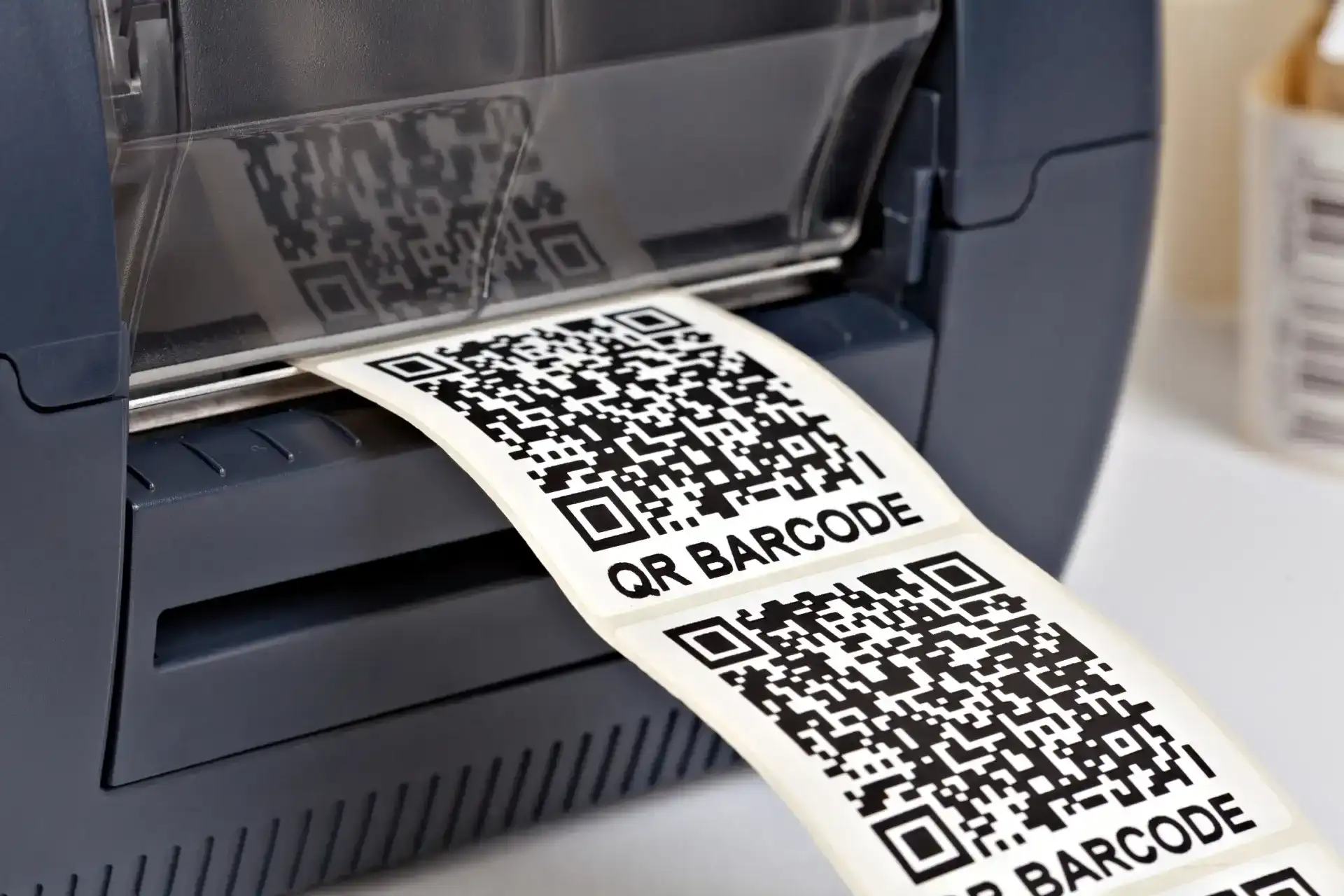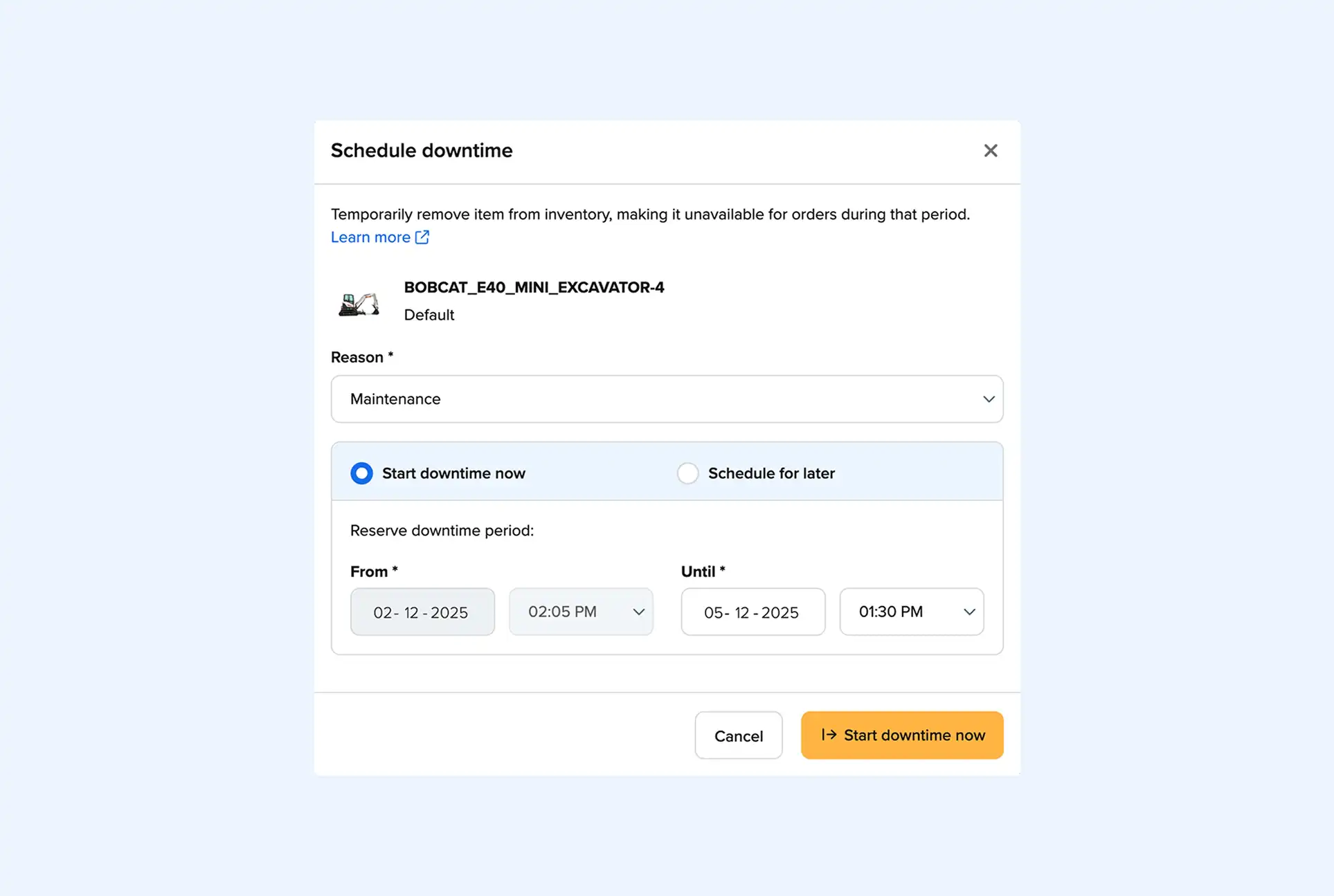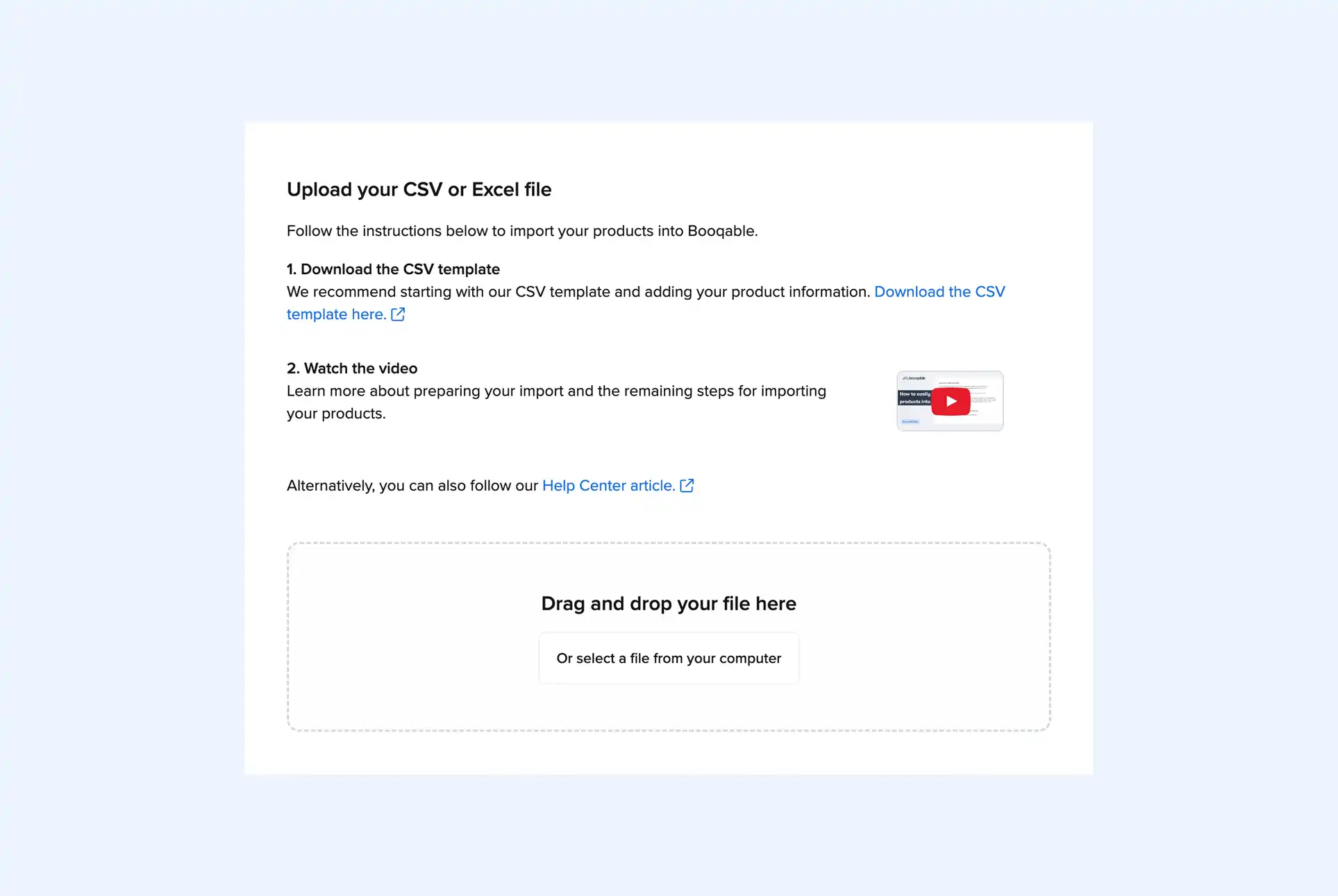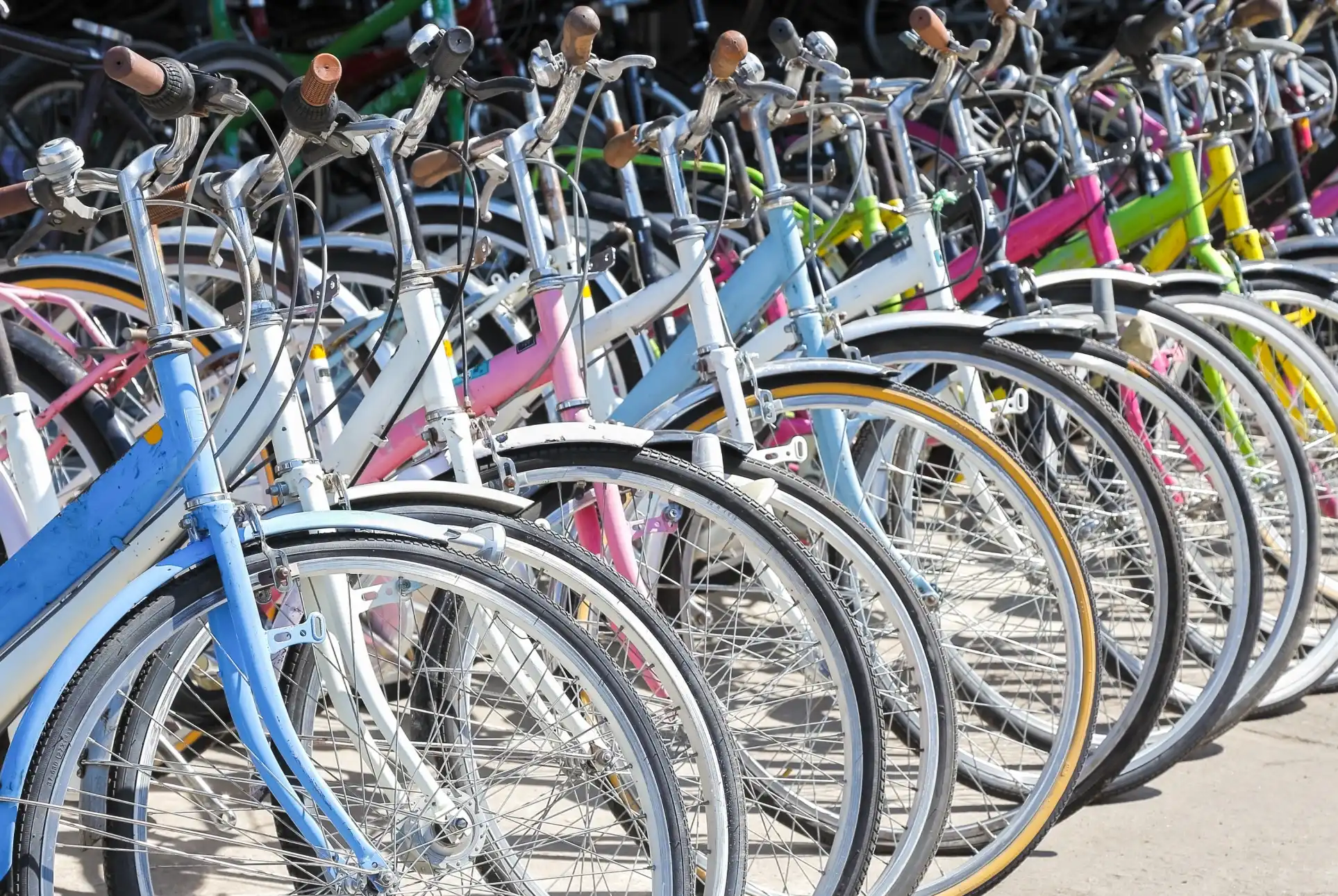Barcode labels are a cheap and efficient way to keep track of your inventory, but it can take time to choose the best materials. They are essential for optimizing your inventory management, whether you’re an established rental business or a budding entrepreneur in the rental industry. There are many options, and it can be challenging to determine which one will best suit your rental business’s requirements.
So, let’s dive into the intricacies of choosing the best material for barcode labels and how your rental niche can affect your decision. This blog post will help you to consider critical factors in the decision-making process, including durability, adhesive properties, resistance to external factors, and scannability. By understanding these factors, you can make an informed decision about the best material for your barcodes.
Factors to consider when choosing barcode label materials
When selecting a suitable material for barcode labels in your rental business, there are several crucial factors to consider. The type of products you rent out and the use cases will change which material is best for you, so it’s essential to consider each factor carefully. Remember, implementing barcodes in your rental business can be lengthy, so you will want to spend the time getting it right rather than trying to save a few bucks.
1. Durability
For many rental businesses, their products often face demanding conditions, such as exposure to moisture, abrasion, or heat. Therefore you should consider the durability of the material you choose and ensure that it will remain intact and legible over time. For example, a bike rental business may choose polyester labels for their excellent wear and tear resistance.
2. Adhesive properties
The adhesive used to attach barcode labels to products will play a vital role in their effectiveness. It is essential that they firmly adhere to the materials your products are made of, whether that be metal or plastic, without peeling or fading. When searching for barcode labels, you should pay attention to the adhesive used and ensure it can withstand the demands of your rental business.
3. Resistance to external conditions
Rental items often encounter harsh conditions, whether exposure to sunlight, moisture, or extreme temperatures. Barcode labels should withstand these factors without fading, smudging, or deteriorating. This makes it essential to ensure that the materials and printing used in your barcode labels resist various environmental conditions.
4. Scannability
Of course, the primary purpose of a barcode label is to provide you with quick and accurate scanning. Barcodes must be clear and easy for scanners to read, so it is important to consider materials and printing. You should avoid materials that are shiny or smudge easily, as they can cause unnecessary issues. It is ideal to use materials with matte finishes and wear-resistant printing to ensure optimal scannability.
By assessing these factors, you can ensure that your barcode labels withstand the demanding environments and rigorous handling often accompanying rental items. It is also essential to consider cost-effectiveness when considering these factors and be aware of pricing. While there may be cheaper options, the costs can stack up if you have to replace them often.
Streamline your operations with barcodes
Start using barcodes with Booqable to improve inventory management and order processing.
Choosing the best material for your barcode labels
Now that you are aware of the key factors to consider, let’s explore some common barcode label materials that have proven to be effective in rental businesses. While each is a great choice for your business, they do come with their own advantages depending on your specific needs, so it will pay to consider each individually.
-
Polyester (PET) labels are known for their durability and resistance to moisture and extreme temperatures. They provide excellent readability and remain intact even in challenging environments. Polyester labels are reliable for rental items subjected to rough handling or outdoor exposure.
-
Vinyl labels are highly durable and offer excellent resistance to abrasion and harsh weather conditions. They are known for their flexibility, making them suitable for curved or irregular surfaces. Vinyl labels are ideal for rental items like machinery or equipment that face frequent usage and exposure to rugged conditions.
-
Polypropylene (PP) labels combine durability with water resistance. They are an excellent choice for rental businesses dealing with spills or moisture-prone items. Polypropylene labels are often used for rental items in the food and beverage industry or equipment used in medical facilities.
These are the most common choices, but for equipment that’s very high value, there are options like aluminium and tamper-proof barcode labels. The aluminium labels are more resistant to damage, while tamper-proof ones cannot be removed cleanly and you can see if anyone has tried to remove them. If you’re worried about the security of your products, these two options may be better for you, but will cost a little more.
Which material is best for your barcodes
Choosing a suitable material for barcode labels is critical for rental businesses looking to improve inventory tracking. By considering factors such as durability, adhesive properties, resistance to external conditions, scannability, and cost-effectiveness, you can ensure that your barcode labels effectively support your inventory management processes.
Remember to assess the unique requirements of your rental business and the types of items you deal with when selecting barcode label materials. It pays to invest in high-quality materials that can withstand the demands of your business environment. This will result in durable, legible, and reliable barcode labels that contribute to streamlined operations, enhanced customer service, and, ultimately, the success of your rental business.




